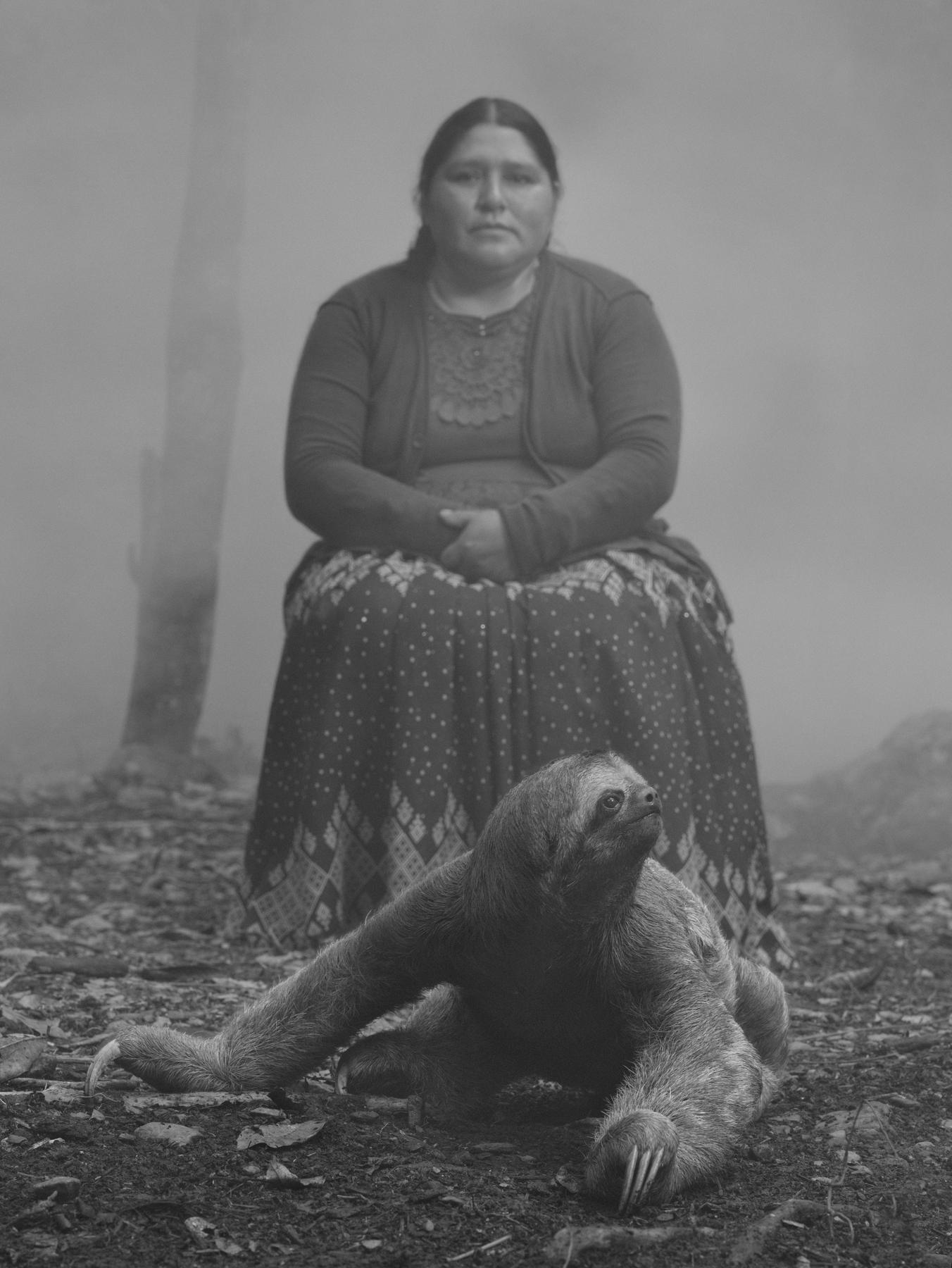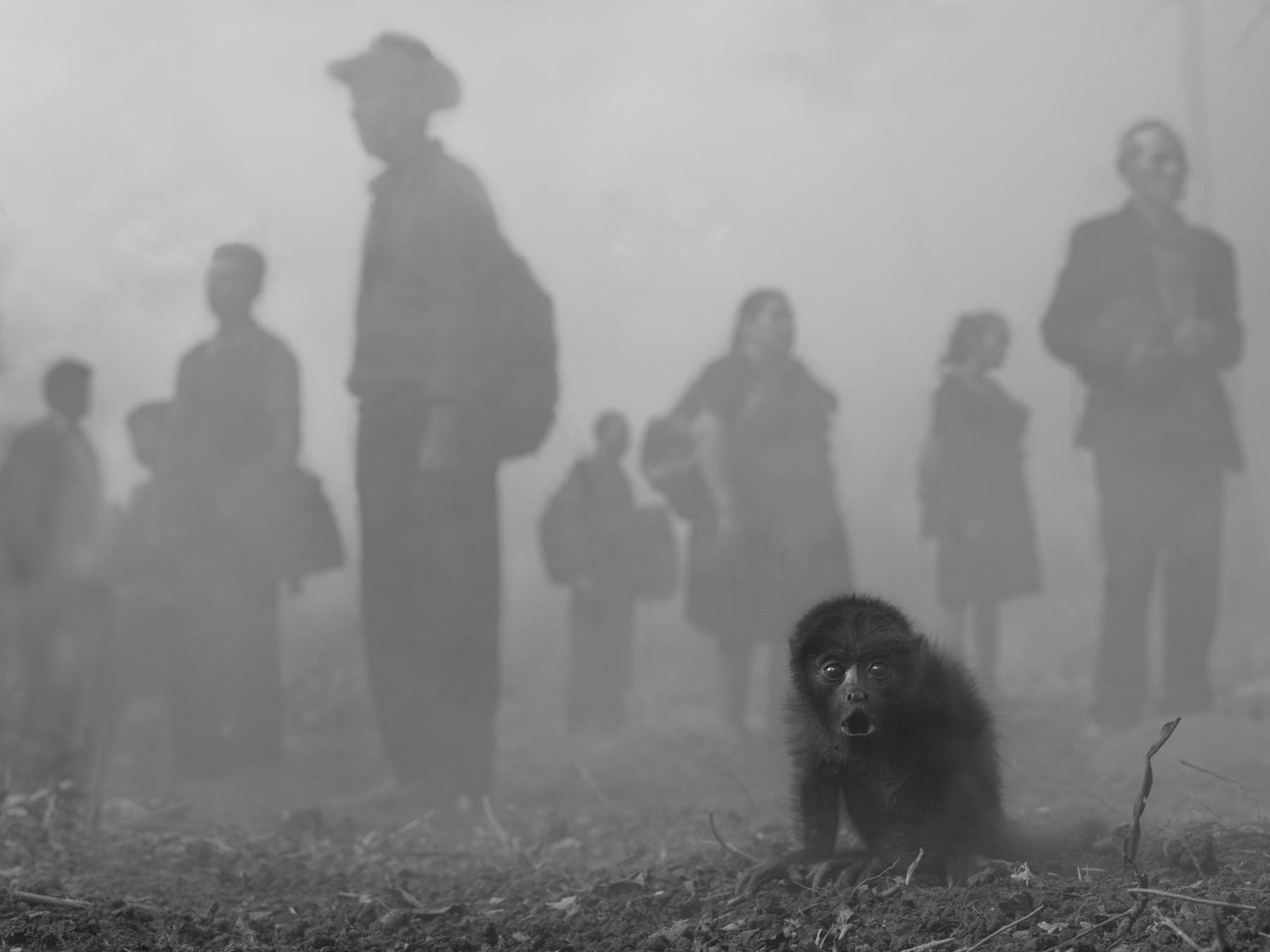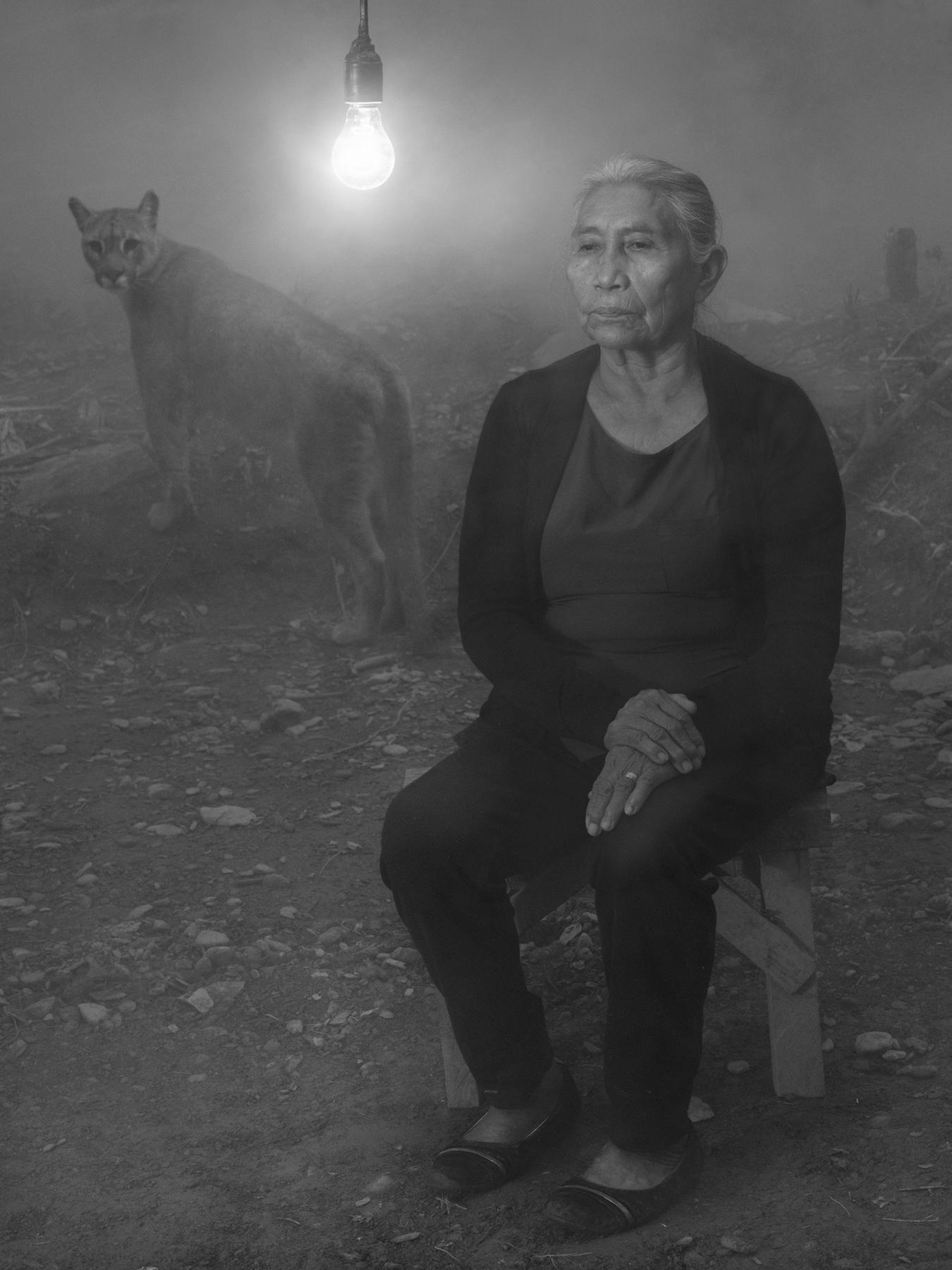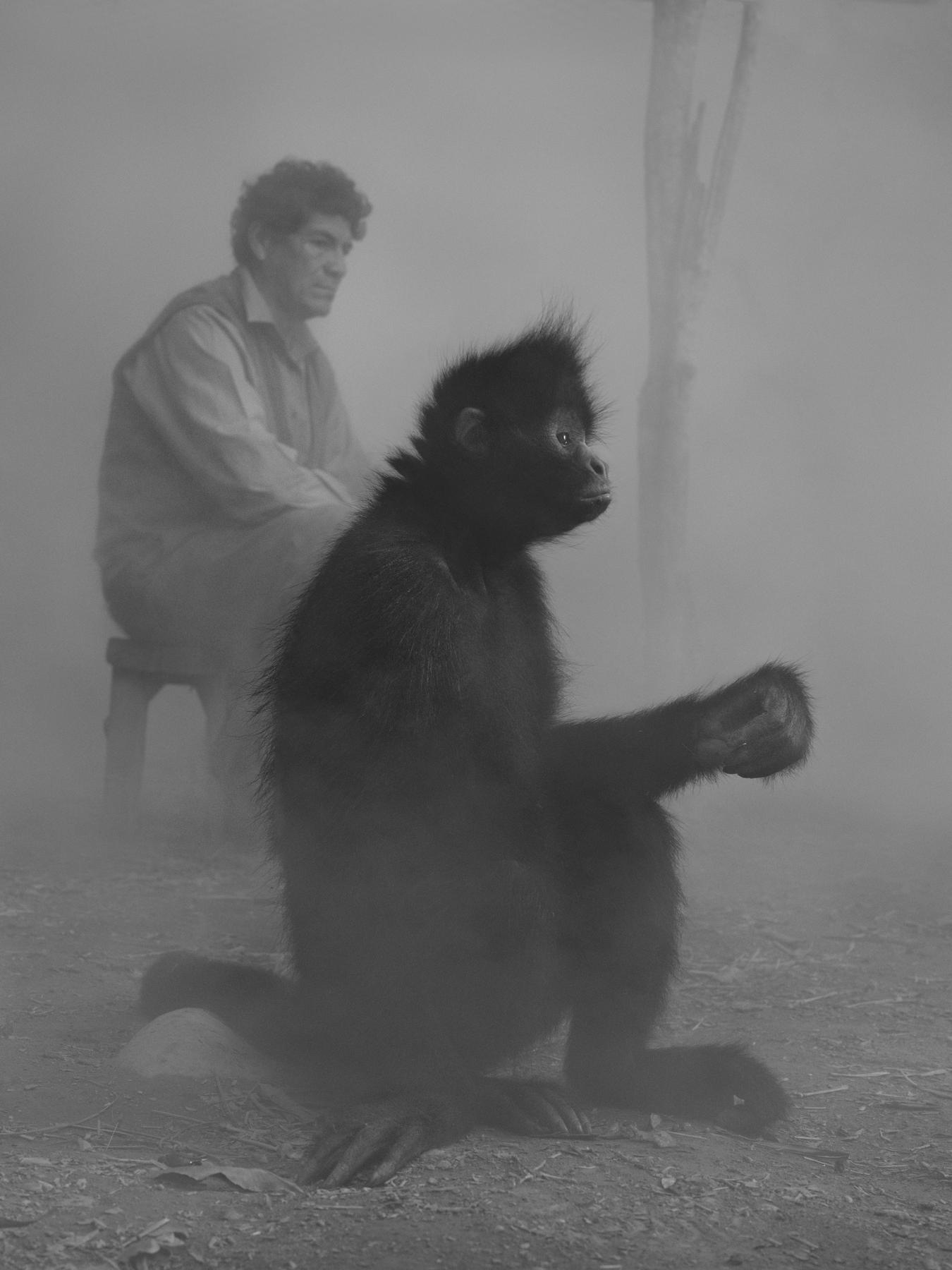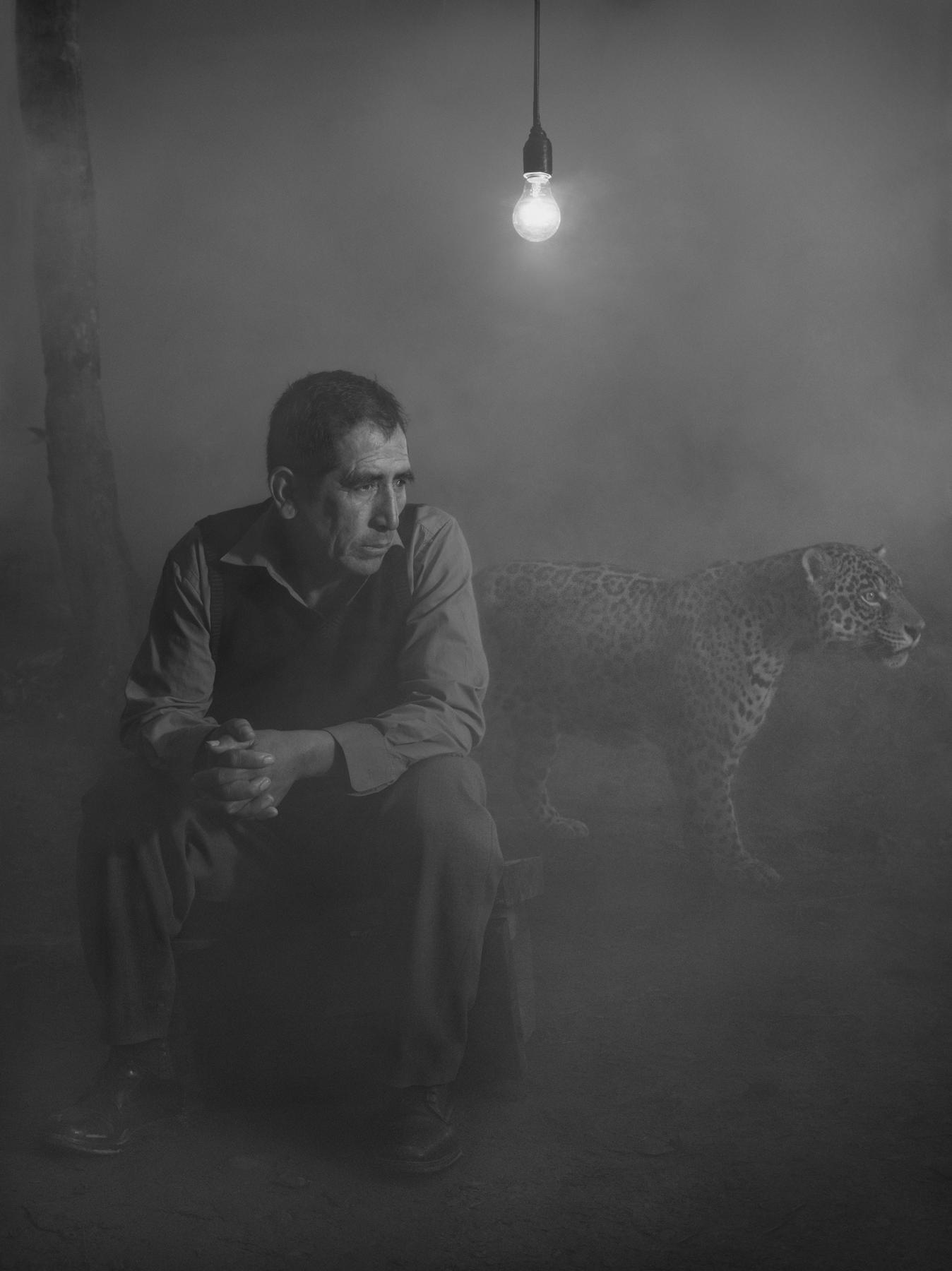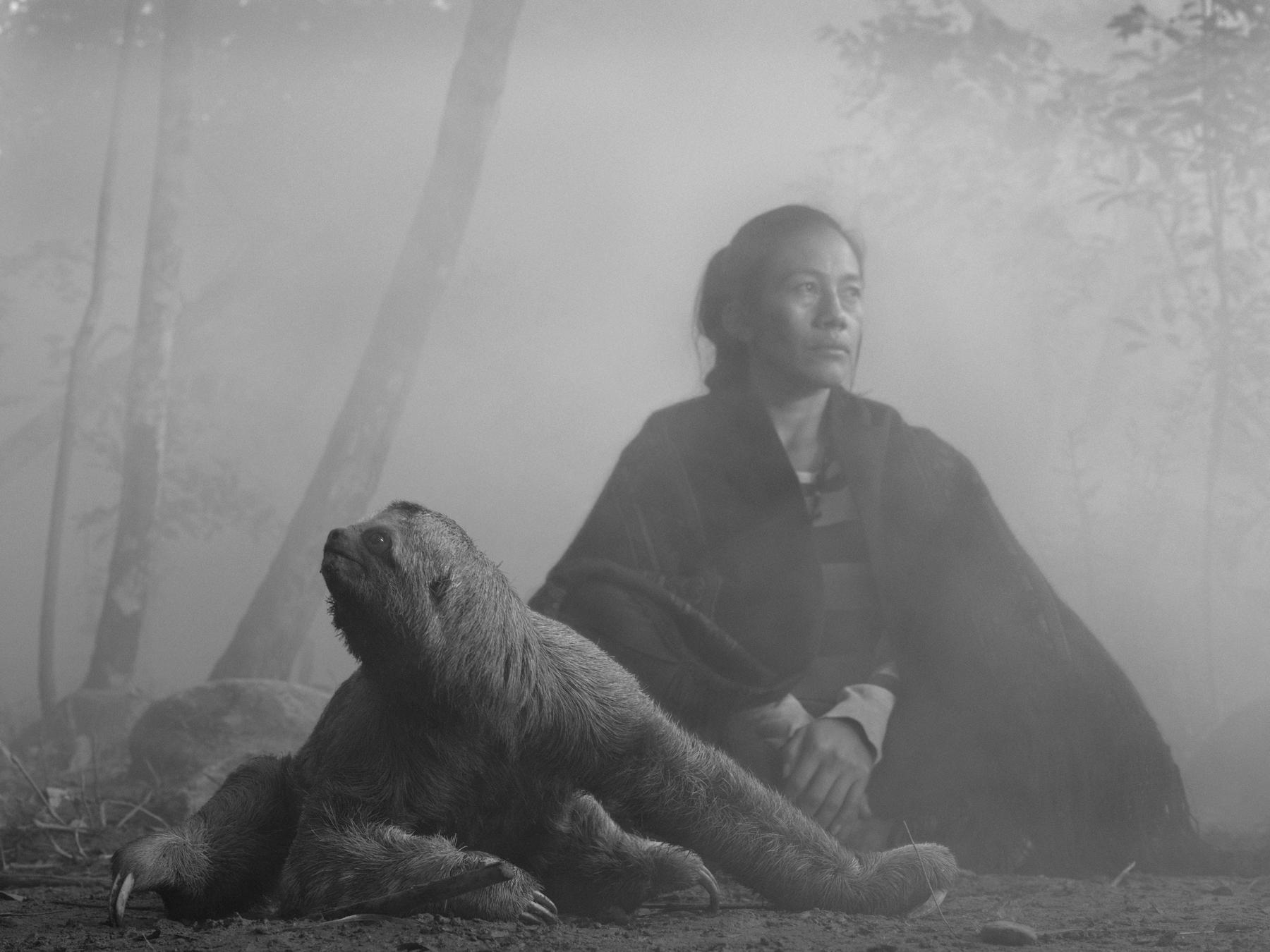Bolivia, one of South America’s few landlocked countries, holds more than 1 billion metric tons of irrecoverable carbon in its Amazon rainforest and freshwater wetlands. Unfortunately, Bolivia is also a poster child for a new deforestation trend. In 2024, fire became the leading driver of primary forest loss globally, outstripping forest clearing for agriculture for the first time. Last year, Bolivia lost nearly 15 million hectares to fires, an area larger than Greece.

“Irrecoverable carbon” refers to the vast stores of carbon in nature that are vulnerable to release from human activity and, if lost, could not be restored by 2050 — when the world must reach net-zero emissions to avoid the worst impacts of climate change. Learn more about this critical research.
These images were licensed from Nick Brandt’s series, The Day May Break, which was photographed at Senda Verde Wildlife Sanctuary in Bolivia in 2022. Known for his work in Africa, this is Brandt’s first work in South America. The series captures people and animals together in the same frame — not through digital editing, but by physically bringing them into the same space, under the same drifting fog. Brandt worked with Senda Verde to photograph species displaced by climate change and habitat destruction alongside people who have endured similar fates due to flood, drought, hailstorms, landslides and melting glaciers.
“In spite of their loss, these people and animals are the survivors,” Brandt wrote.
